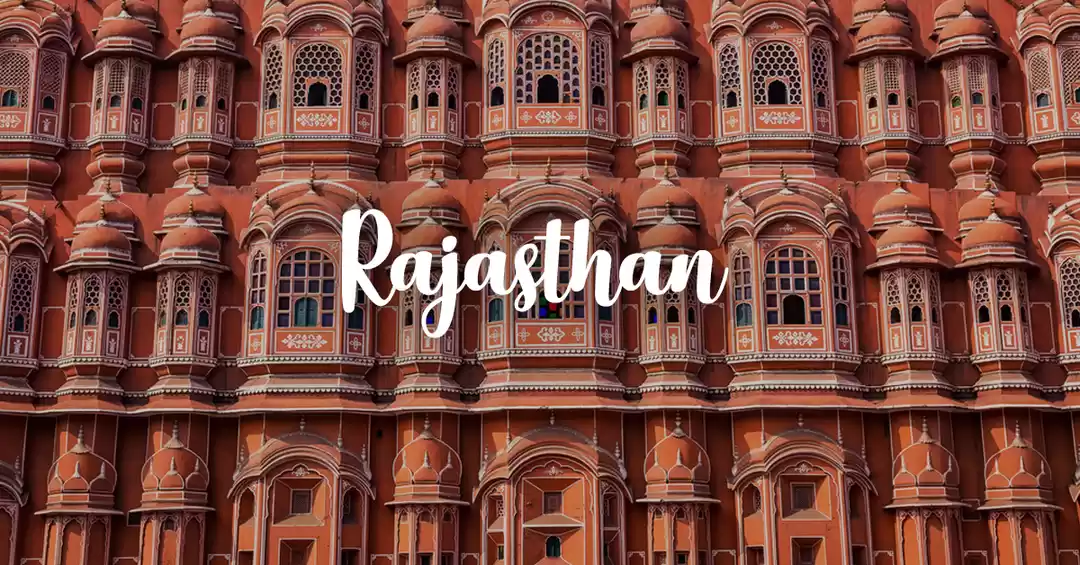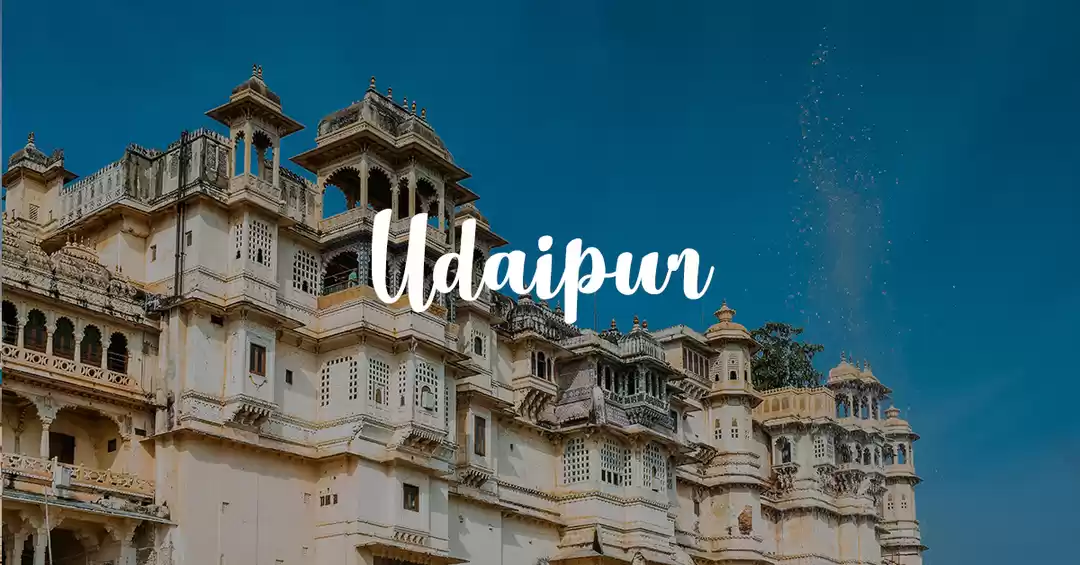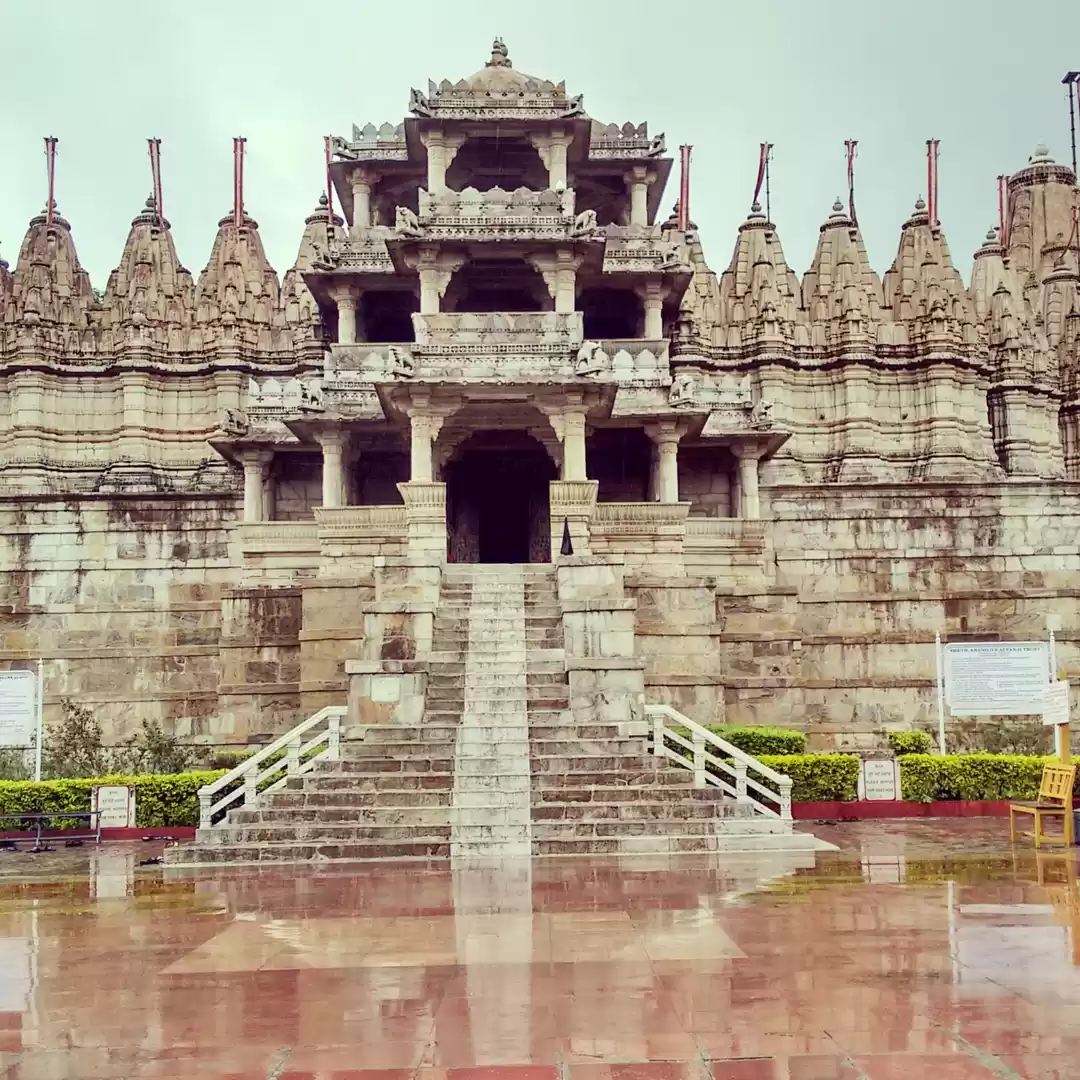Enclosed by the grey-green Aravalliv hills with their ridge of crumbling battlements, the blue town of BUNDI seems more like a mirage at first sight, discovers KALPANA SUNDER
Gleaming panels of Tikri—the Indian word for mosaic work, where, using scalpels, hand-cut pieces of mirrors are inlayed into frescos on the ceiling and the walls. Even the fl oors narrate the story of crusading elephants in tempered red, black, and white, the art style called izara. Poet Rudyard Kipling mentioned in his Letters of Marque published in 1899, “...but the Palace of Bundi, even in broad daylight, is such a palace as men build for themselves in uneasy dreams—the work of goblins rather than of men.” A great medieval fortifi cation snakes across the hill sides, indigo and white houses spill across the ground, and water reservoirs glisten in the afternoon sun.

We drove through lush green poppy, striped groundnut, emerald paddy, and golden corn fields; guava and pomegranate orchards, with flocks of swallows soaring overhead in perfect symmetry. We crossed sandstone mines stacked endlessly with rock slabs; and forests of Khejri trees. In the battlement shades, where soldiers once stood, hundreds of langurs nurse their young ones, eyeing us curiously, as we strode past in the afternoon sun. In ancient times, the area around Bundi is said to have been inhabited by various local tribes. It was Rao Deva Hada of the Rao Chauhan dynasty, who established the princely state Bundi in the land of the great Hada Rajputs, present day Hadoti.

Bundi’s architectural heritage is still intact and the town is famous for its baoris—terraced stone reservoirs that collect monsoon water for the long dry season. Today, most of the houses are painted a pale shade of blue, created by mixing indigo with whitewash, the cheaper alternative to modern-day enamel or distemper paint, and also because the mix acts as a mosquito repellent. Our first stop was the Taragarh Fort. I followed our elderly guide Keshav Bhati, through a gargantuan gate where local artists greeted us with folk tunes. Despite the magnifi cence of the structure, I was immediately endeared by the simplicity of my surroundings.
There was no sign of organised tours, no overbearing guides, no street-shop owners trying to sell grossly overpriced souvenirs. A short walk away, we reached the Garh Palace.

Inside, the Chitrashaala—a structure of several rooms is stacked on an elevated podium framing a garden-courtyard—is a treasure trove of colourful murals and frescoes. The paintings date back to the years between Bundi’s architectural heritage is still intact and the town is famous for its baoris— terraced stone reservoirs that collect monsoon water for the long dry season.

Inside, the Chitrashaala—a structure of several rooms is stacked on an elevated podium framing a garden-courtyard—is a treasure trove of colourful murals and frescoes. I gazed in awe at intricate scenes of dancing girls, marching soldiers, royal processions, local festivals, and polo matches; portraits of princes and princesses, and gods and goddesses—all in a delightful turquoise palette.

1773 and 1821. I gazed in awe at intricate scenes of dancing girls, marching soldiers, royal processions, local festivals, and polo matches; portraits of princes and princesses, and gods and goddesses— all in a delightful turquoise palette.

Among the paintings are depictions of Ras Leela—the cosmic dance of Lord Krishna; the wedding of Hindu gods Ram and Sita; amorous scenes from Dhola-Maru, the region’s own Romeo and Juliet. “Note that most of the pictures are side profiles with just one eye, very few show both the eyes of a person,” explains guide Bhati. I noticed that some of the walls are peeling, and some have blackened over the course of time, but these imperfections only add to the allure of these ancient painting. The intricacy with which they have been decorated is astounding—petite birds perched on fi ne tree branches, paintings of palaces and buildings, costumes and jewellery—all detailed with minerals and precious stones.

Interestingly, the paintings display an assimilation of divergent styles—the oval shape of the eye borrowed from Mewar paintings, the male attires had Mughal infl uences, and the placement of the pavilion had Deccan origins. Within the premises of Taragarh Fort, the zenana (pertaining to women) Badal Mahal, is a sequestered area with little access to the outside world, home to the women of the royal family. It has a brilliant ceiling mural with a bright red background, a kaleidoscope of diamonds and triangular arches painted with vivid images of Krishna’s Raas Leela and scenes from the Ramayana. This was done by Chinese and Mongolian artists, which harks back to the source of Bundi’s riches—poppy, cultivated for the lucrative opium trade with China.

Next, I headed to the jüSTa Lake Nahargarh Palace, a beautiful hotel property surrounded by a man-made lake and fl anked by the Aravalli hills on one side. Their annual art initiative also called the Chitrashaala, attempts to perpetuate the rich artistic traditions of the region. The organisers, fashion designer Deepika Govind, and her husband Ashish Vohra, a former art-gallery owner from Delhi, host over forty artists from countries like Iraq, Lebanon, Russia, Jordan, and Germany to name a few, at this annual aff air.

These artists visit Bundi and Chittorgarh, collaborate with local artisans to create masterpieces. I was lucky to witness a painting made by Dheeraj Choudhary, an Indian artist who taught art at the Delhi University for over forty years. Now, he works with villagers and ploughs back interest from the proceeds of their art into the development of their region. Malak Jamil from Iraq paints in the Baghdadi style of vibrant colours with Islamic motifs. Olivier Barrot, a French photographer who lives in Auroville, does monochrome portraits and images, drawn from India’s history and culture. Sailesh Sanghvi does exquisite acrylic collages on canvas. Breathtaking no doubt, but my heart was still rapt with the blue murals of ancient Bundi.




































